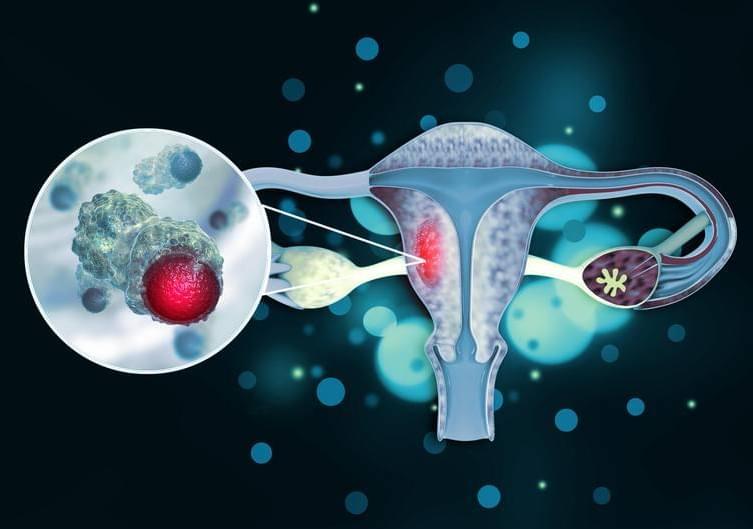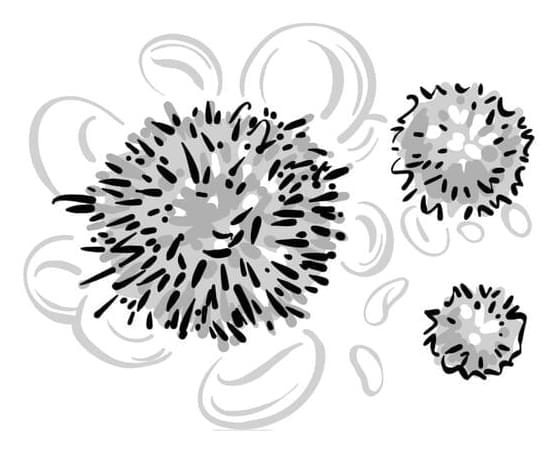Norway has installed the world’s northernmost solar farm and battery storage in the Svalbard archipelago, just south of the North Pole.
State-owned energy company Store Norske Energi installed the solar and storage at Isfjord Radio on the island of Spitsbergen, the largest and the only permanently populated island in the archipelago, and the solar farm is expected to come online tomorrow.
Isfjord was built as a radio station in 1933 to provide a communication link between the Svalbard archipelago and Norway’s mainland. It’s still a radio station and a weather station, and now there’s a hotel for tourists and researchers.




